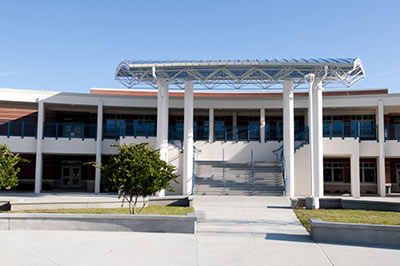The Center for Green Schools, 2012
The importance of school buildings has been recognized as a fundamental element of society since the beginnings of America and beyond. Today, roughly a quarter of our nation’s population, including our youngest citizens, spends the majority of their days in school buildings. As a result, schools have become a contentious and heavily scrutinized part of civil society.
And yet, many of our nation’s schools are in disrepair, with systems in need of repair or replacement. But with state and local budgets growing increasingly limited, funding allocation for school construction and renovation needs to be carefully weighed. It is important to ensure that investments are going toward efforts that can best foster healthier buildings and environments.











